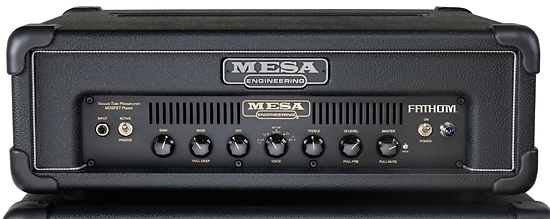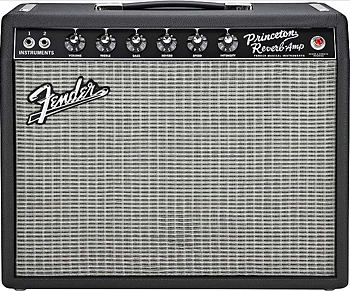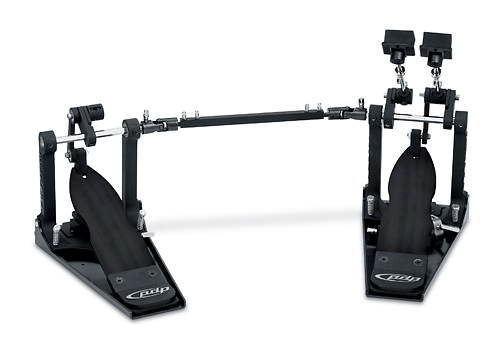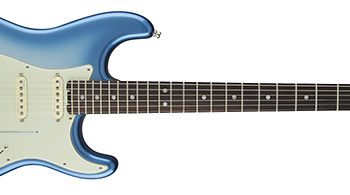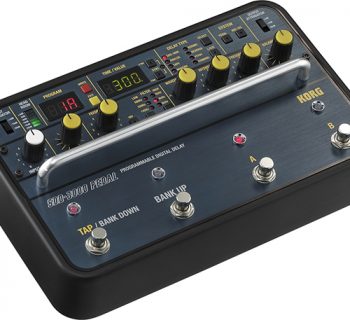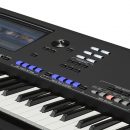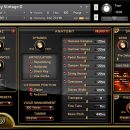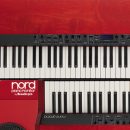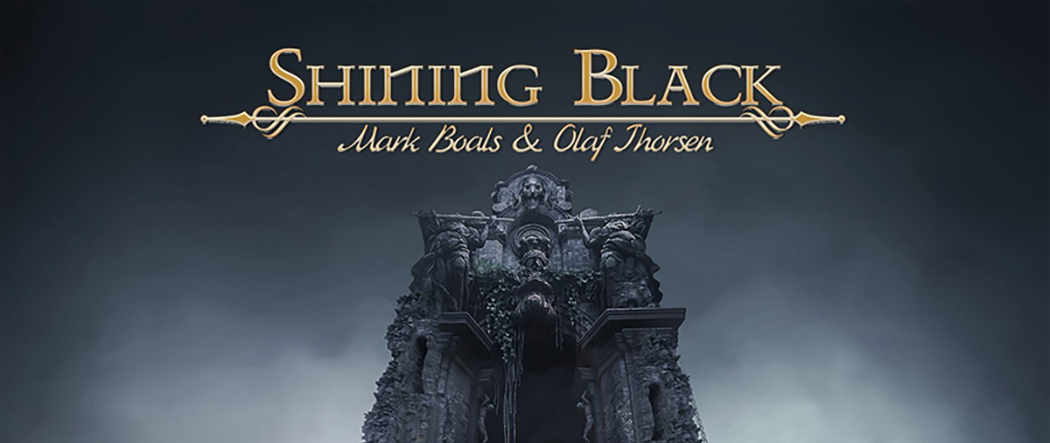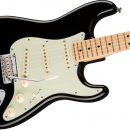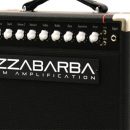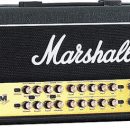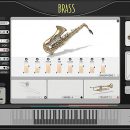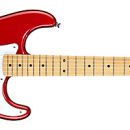At the January NAMM show, Mesa/Boogie introduced a new bass amp named Fathom 600. Already in love with their flagship Titan V12 Big Block bass amp — one of the finest amps a professional rock bass player could ever play, we were very excited to check out the newest addition to their lineup. The Fathom promised to deliver a simple-to-use, straight-forward amp full of Boogie bass tone with a straightforward user interface and a totally affordable price tag.
| Category | Value | Rating |
| Features | 20% | |
| Usability | 25% | |
| Sound | 25% | |
| Documentation & Support | 10% | |
| Price | 20% | |
| OVERALL RATING = 3.5 3.6 stars or better: Outstanding, WIHO Award 3 stars or better: Worth considering 2 stars or better: Suited to specific needs 1 star or less: Not recommended |
||
Hot off the first production run, we managed to secure ourselves one of the Fathom heads. Feature-rich for amps in its class, the Pull Deep feature and preset parametric EQ settings stood out. These may not be the newest features to hit the market, but the way that Mesa/Boogie implemented them made them work better that in most other implementations we’ve experienced.
As we got set to publish this review, however, word came in that the product needed a new name! It seems that there was already a product on the market with the Fathom moniker (no, not another bass amp), so we waited a little while until the folks in Petaluma could rebrand the product — no small feat when you think about all the faceplate engravings, boxes and manuals, brochures… and thus the M6 Carbine was born. Although the name change slowed delivery of the initial units, good things come to those who wait, and bass players who waited to check out this new amp won’t be disappointed.
Ease of use, clear markings, and a classic look are just some of the reasons to consider the M6 Carbine, but the main reason is the clear and precise sound of a Mesa/Boogie bass amp.
Overall, we liked the M6 Carbine. It delivered an impressive list of features for the price, and the tone was great. If you are a gigging bassist who doesn’t need the raw power and tremendous feature set of Mesa/Boogie’s flagship Titan Big Block V12 bass amp, but still need a wide variety of tones to meet the demands of your music, the M6 Carbine is certainly a bass amp you should check out.
Features
The M6 Carbine, as its name implies, produces up to a floor-thumping 600 Watts of power (at four or two ohms, 320 Watts at eight ohms), driven by a single 12ax7 preamp tube coupled to a solid-state MOSFET power section. It comes in three configurations: a rack-mountable version, fully enclosed (to sit on top of a cabinet), and a 2x12 combo.
As with all Mesa/Boogie products, the list of features is significant. Although the Fathom may not have all the bells and whissles found on the Titan Big Block V12, it certainly has all the necessary controls that a typical serious bassist could need on the gig or in the studio.
 The Carbine’s front panel has a single input with a Passive/Active switch to accommodate various basses (this switch changes the sensitivity of the preamp to limit input noise). The Bass control allows you to set the bass frequency boost/cut — seemingly a common feature found on most amps, but with one very impressive addition. Leave the dial on the In position and the frequency control is in a normal mode, but pulling the dial Out activates a Deep function that adds an entirely different dimension to the overall tone.
The Carbine’s front panel has a single input with a Passive/Active switch to accommodate various basses (this switch changes the sensitivity of the preamp to limit input noise). The Bass control allows you to set the bass frequency boost/cut — seemingly a common feature found on most amps, but with one very impressive addition. Leave the dial on the In position and the frequency control is in a normal mode, but pulling the dial Out activates a Deep function that adds an entirely different dimension to the overall tone.
The Voice dial offers a set of four preset parametric EQ positions, which seemed (to us) inspired by the Dynamic Voice feature that Mesa/Boogie had implemented in the Triaxis guitar preamp. In the case of the Carbine, the Voice dial selects between two different EQ curves that cut midrange frequencies and two settings that boost midrange frequencies. Used in combination with the traditional EQ controls, this enables you to make significant tonal changes to your sound without having to mess with specific parametric EQ controls.
The Direct Out level can be set via a push/pull knob for either pre- or post-EQ, and the Master Volume knob has a clever pull-to-mute feature.
 The rear panel controls are among the most straightforward we’ve seen on new Boogie amp. Five quarter-inch jacks are provided for control over Tuner Mute and the four Voice EQ settings from external switching systems, though surprisingly, there is no connection jack for a standard Mesa/Boogie foot switch to provide control over these functions!
The rear panel controls are among the most straightforward we’ve seen on new Boogie amp. Five quarter-inch jacks are provided for control over Tuner Mute and the four Voice EQ settings from external switching systems, though surprisingly, there is no connection jack for a standard Mesa/Boogie foot switch to provide control over these functions!
There are two speaker outputs with an eight-ohm/two-ohm switch to match any speaker configuration you might use. Another great convenience feature that Mesa/Boogie included is a dedicated Tuner Out for your tuner. For those bassists who use effects, Mesa/Boogie has got us covered with a built-in (series) effects loop. An Effects Bypass switch provides a hard/true bypass that completely removes the effects loop circuitry from the signal path, allowing for the cleanest possible output sound quality. Finally, there is a Direct Out XLR and a two-position Ground/Lift switch.
Usability
The M6 Carbine was a breeze to use right from the start. Just take it out of the box, connect to your speaker cabinet, adjust any ohm settings if necessary, and start having fun. All of the controls were straightforward and very user friendly.
The simplicity of the Voice feature was a pleasure to play around with. Mesa/Boogie even provides a page in the manual with suggested pre-sets for the tone, volume and Voice controls so you can get gigging right away. We found that changing our tone with the twist of the Voice knob was a truly unique feature, especially if you are performing a wide variety of musical styles.
The controls and rear panel are clearly marked, and the rack-mount version only takes up two rack spaces. This leaves plenty of room for additional rack mountable effects, tuner, and power conditioning unit.
Our only complaint is the lack of a dedicated footswitch. We would have like the ability to select Voicings on-the-fly, as well as to activate the Mute feature while tuning (pulling Out the Master Volume mutes the amp).
Sound
We played one of the first production Fathom heads through a Mesa/Boogie Vintage Powerhouse 212 cabinet, which features two 12” speakers plus a high-frequency horn in a cabinet that is close to a typical 4x12 enclosure in size.
The sound of the Fathom is great — especially for any bass amp close to its price range, but there were two issues we found particularly troublesome (and which, fortunately, have been resolved). The first was excessively loud fan noise — it was clearly audible to other musicians from across the room. The second issue was even more concerning and disappointing: an obvious electrical hum through the speakers when we weren’t playing the bass. After some troubleshooting of our own, we reported the problem to Mesa/Boogie, and they promptly sent us the newly re-branded Carbine head (turns out they discovered an issue that sneaked out in a handful of very early units, and we had one of the first ones out the door).
Happily, both sonic issues were resolved by the time we received the rebranded M6 Carbine. The fan noise was significantly quieter than the original test unit, comparable to a typical laptop computer. And as for the electrical hum, that too was greatly improved over the first test. Possibly, the original, troublesome fan may have contributed to the electrical humming we heard in the first unit.
Tip: With any amp and a guitar/bass with passive electronics, source of A.C. power, florescent lighting, and user settings each have the potential to create unwanted noise. If this is the case, try adjusting your master and channel gain controls first. Too much master volume can cause a hum under the best conditions. Next, check that your EQ and tone settings are within nominal ranges. Too much EQ and tone sculpting can easily amplify the electrical interference you’re experiencing in the room. Finally, use a power conditioner — not just a power strip, which will help clean up any electrical noise in the A.C. wiring.
We ran our tests using the same Mesa/Boogie 410 cabinet and bass guitars that were used in our evaluation of the Mesa/Boogie Titan V12 earlier this year, and we had the opportunity to compare both amps side-by-side since to make some specific comparisons as to the noise level. In our side-by-side evaluation, the M6 Carbine produced slightly more-noticeable hum than we heard from the Titan. But as we played with the amp’s volume, tone, and EQ settings, we were able to reduce the humming to acceptable levels while still maintaining fantastic, floor rumbling sound.
With 600 Watts of power, we had no trouble shaking the walls a bit. The preset Voice options were very cool and offered several choices of adjustment to our tone. The settings of the Voice feature affect the sweep of the mids based on the settings of the Bass, Passive Mids, and Treble controls.
To test the passive settings, we used a vintage Fender USA Jazz Bass with medium strings. For the active settings, we used a Music Man Stingray five-string, also with medium strings. The tone reproduction was exactly what we wanted to hear. Tone was clean and accurate – very true to the Jazz Bass sound. Adjusting the Voice setting to a deep mids cut produced a ripping slap/funk tone. The second preset voice, with slightly less cut in the mids, gave us a fatter tone for a more driving rock tone. The middle voice position is flat. Preset Three tightened up the tone with a midrange boost that provided detailed articulation for soloing and crisp grooves, while the fourth and final preset brought up the mids with a wider frequency range for jazzier or bluesy styles.
The preset voices are a nice feature and sounded great. We were able to dial up a lot of different tones with various combinations of presets and tone controls on the front. We still prefer the wider versatility of a full parametric EQ, but for the bassist on the run who needs to quickly change tones for different musical styles, this was a great feature that sounded terrific and was implemented well. It would have been even better, though, if there were some way for us to custom tweak the EQ curves, and, of course, to be able to select settings via a footswitch.
The Pull Deep switch was not just another pretty-face bass booster. When this was activated (by pulling the knob), we got a full, deep, rich tone (not a booming boost) that filled the room. The M6 Carbine’s manual states that this feature also enhances the “super-high” frequencies to balance the tone more evenly compared to the typical boosting of bass. We thought this was an awesome approach.
The slight boost to the super highs was, in fact, very subtle. We didn’t specifically hear a boost to the high end but rather a floor-rumbling bass tone that was strong and clear without any low-end distortion. We figured that the subtle high-end boost was just there to equalize the overall tone.
Documentation and Product Support
The Owner’s Manual for the M6 Carbine is (in typical Boogie fashion) very well written, and provides excellent descriptions of all features and controls. Mesa/Boogie also supplied sample settings for different styles of playing, as well as a page where you can write down your own settings if you need to remember a particular tone for a different sound or bass. With several great sounds at your disposal, we’d suggest photocopying that page, or print it from the electronic PDF manual that can be downloaded from the Mesa/Boogie website.
Every control is illustrated and discussed in detail. Hooking up effects devices and interfacing with external foot switches is also explained clearly. As with Mesa/Boogie’s guitar amp documentation, we strongly suggest making time to read the manual cover to cover to get the most out of this amp.
Price
The price for the M6 Carbine is:
Rack-mount head: $999
Standard enclosed head: $1,149
2x12 combo: $1,399
The M6 Carbine is a very competent bass amp that delivers a lot of great tone at a low price. Getting this quality tone in a made-in-USA bass amp for $1,000 seems almost crazy, so definitely check out the M6 Carbine if its feature set meets your requirements. .
Other Comments
So you bought a Fathom 600 and think you have something special? Perhaps one of those “early units” that (according to some anonymous guy in a forum) supposedly sounds better than the later revisions? Sorry to disappoint you. The ONLY change to the product was replacing the naming decal on the face of the amp with one that says M6 Carbine instead of Fathom. The guts are exactly the same units. So yes, you’ll have an amp with a unique nameplate, but if you tell anyone that it sounds better than the M6 Carbine, you’ll only be embarrassing yourself.
BUT, if your Fathom-branded amp seems to have an exceptionally loud fan or electrical noise, call Mesa/Boogie. You may have one of the other units besides ours that slipped out with a problem that was swiftly resolved.
Contact Information
Mesa Boogie
www.mesaboogie.com
| Evaluation Short-List |
|

